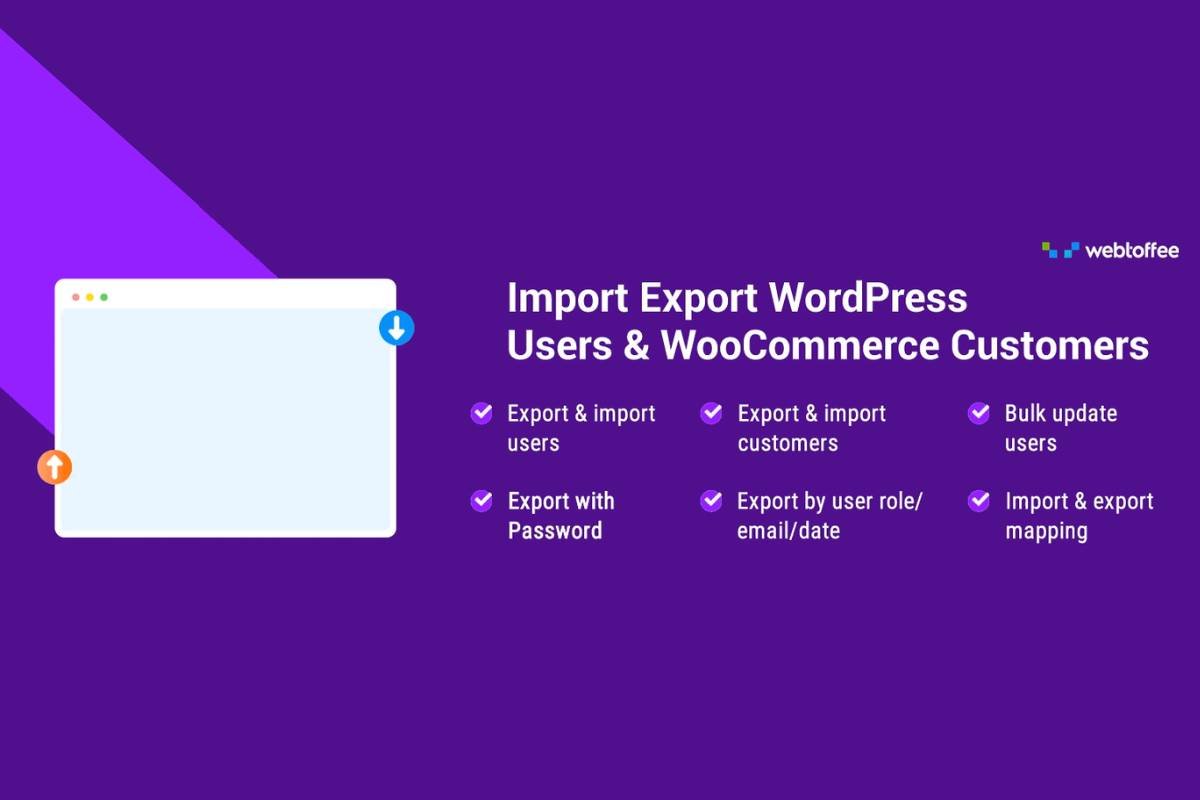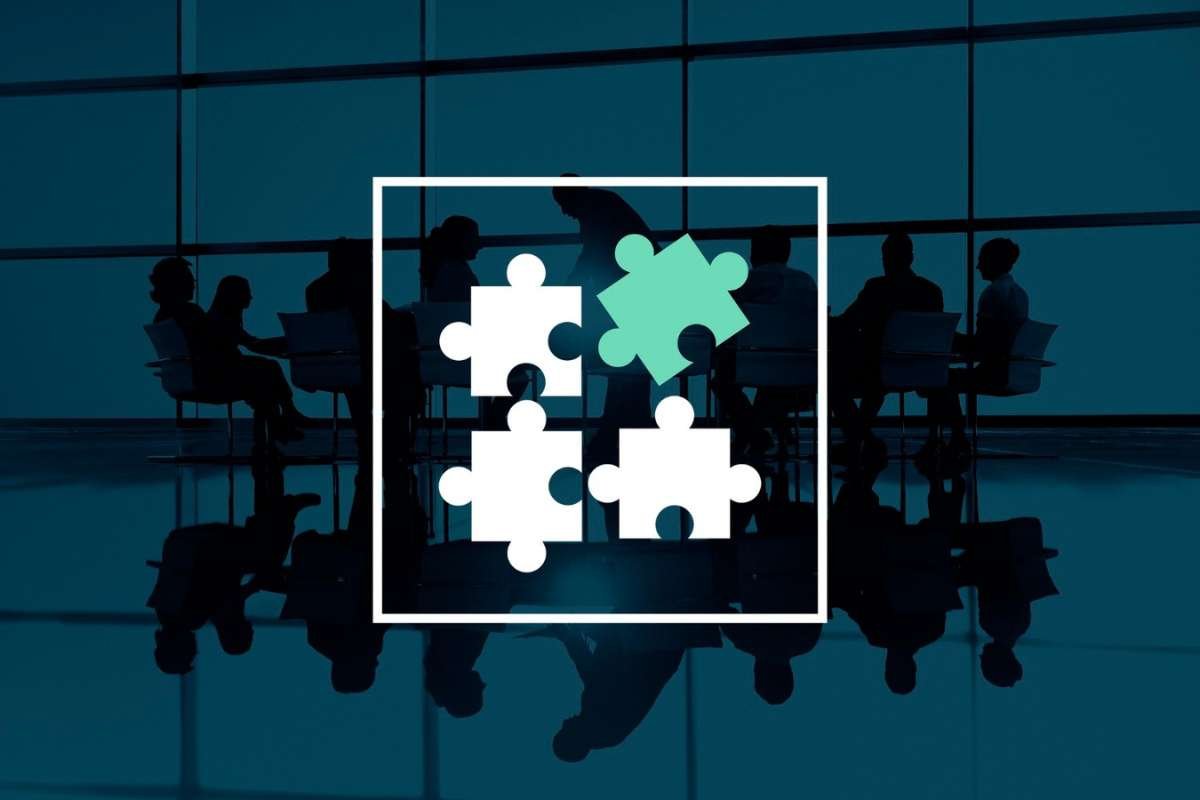You are enjoying a cup of tea when a fraud alert suddenly pops up. Your heart races. The PR team holds its breath. Then comes the relief, it was a false alarm. But that moment? A real wake-up call.
As of 2025, global fraud losses have crossed $6 trillion a year. However, companies with strong fraud detection systems reduce losses up to 50% faster (ACFE, 2024). This isn’t a warning, it’s a fact.
Having a solid fraud detection plan is no longer optional; it’s essential. This guide offers clear, practical strategies to help your organization stay protected, all without confusing jargon.
Top 7 Methods for Fraud Detection in Companies

1. Tip Lines for Fraud Identification
Tip lines remain the number one method for fraud detection, accounting for over 43% of detected cases globally, according to the 2024 ACFE Report to the Nations. These hotlines or online portals allow employees, clients, vendors, or even the public to anonymously report suspicious behavior without fear of retaliation.
Organizations that implement dedicated tip lines report a 50% reduction in total fraud losses, mainly because the fraud is flagged earlier. The most effective systems include multiple channels such as secure emails, 24/7 phone numbers, mobile apps, and encrypted websites.
It’s not just about having a tip line; it’s about promoting it. Leading companies regularly remind employees of it via newsletters, onboarding kits, pay stubs, intranet banners, and posters. Tips must be reviewed by neutral parties like internal auditors, general counsel, or third-party investigators to maintain objectivity. Anonymous reporting tools must protect whistleblowers with built-in confidentiality and non-retaliation policies.
Key Features for Effective Tip Lines:
- Multiple submission formats (online, mobile, voicemail)
- Strict data protection and anonymity options
- Assigned response teams for rapid follow-up
- Employee awareness campaigns and training
2. External Auditors in Your Fraud Detection Mix
External auditors play a critical role in fraud identification, especially in large organizations and public companies. Governed by AU-C Section 240 from the AICPA, auditors are required to assess the risk of fraud as part of their financial statement audits. Their main task is to ensure that financial reports are free from material misstatements, whether caused by error or intentional fraud.
While external auditors may not detect every type of fraud, they are especially effective at uncovering financial statement fraud, which, although less common, causes the highest median losses, around $800,000 per case. This is compared to more frequent fraud types like asset misappropriation, which typically result in median losses of about $114,000 per case.
External auditors often apply the fraud triangle model to detect risks. This includes:
- Pressure (e.g., personal debt, sales goals)
- Opportunity (e.g., weak controls, override of processes)
- Rationalization (e.g., “I’ll pay it back” or “They owe me”)
Auditors are trained to look for red flags like inconsistent financial trends, unusual journal entries, or management override of controls. When engaged year-round, not just annually, auditors can serve as an ongoing fraud detection partner.
3. Internal Auditors and Inspector Generals Powering Fraud Analysis

Internal auditors are the unsung heroes of fraud detection. Unlike external auditors, they operate inside the organization year-round, reviewing not just financial transactions but also operational practices, ethics compliance, and policy adherence. They conduct internal fraud risk assessments and use control matrices, data analytics, and forensic techniques to flag anomalies.
According to the 2024 ACFE report, internal audit is the second most common source of initial fraud prevention. Internal teams often detect fraud faster than external ones because they understand day-to-day operations better and have access to more real-time data.
In public sector organizations, Inspector Generals (IGs) work alongside internal auditors. IGs specialize in identifying and investigating fraud, waste, and abuse within government agencies. These roles are essential in holding large bureaucracies accountable, enforcing ethics, and saving taxpayer money.
Effective internal fraud detection practices include:
- Surprise audits and spot checks
- Control self-assessments (CSAs)
- Continuous transaction monitoring
- Whistleblower follow-up protocols
- Joint investigations with compliance/legal
4. Dedicated Fraud Analysis Departments
More organizations, especially in finance, healthcare, and insurance, are setting up in-house fraud detection departments. These teams focus solely on detecting and preventing fraud, often leveraging advanced technologies and case management systems.
A bank, for example, may have a Fraud Risk Unit that works under the Chief Risk Officer or CISO. They monitor real-time customer transactions using risk management software. Suspicious activities, like multiple withdrawals, device changes, or logins from different geolocations, trigger alerts for investigation.
Retail and e-commerce companies may have fraud teams under the finance or loss prevention department, using tools to spot fake returns, duplicate orders, or promo code abuse. In 2025, most of these teams are using machine learning models trained on years of historical fraud data, improving accuracy with each case.
These departments collaborate with IT, cybersecurity, and internal audit to build a holistic fraud defense system across the enterprise.
5. Accidental Fraud Detection and Its Price
Sometimes, fraud is caught by sheer luck. This type of passive fraud detection occurs when someone accidentally stumbles upon suspicious files, overhears a revealing conversation, or receives an unsolicited tip. While it does help in some cases, passive detection is slow and costly.
The ACFE notes that fraud caught by accident tends to persist for much longer, averaging 24 months, compared to fraud caught through active methods like audits or data analytics (average 12-18 months).
Late detection means more damage. Fraudsters may siphon resources unchecked for months or years before they’re found. That’s why companies are encouraged to minimize reliance on luck and instead build strong internal controls, cross-departmental communication, and always-on monitoring.
6. Data Analytics and AI in Fraud Detection
Data analytics and artificial intelligence (AI) are now game changers in fraud detection. With fraud schemes becoming more sophisticated, companies are investing in technologies that analyze thousands of transactions per second to spot red flags in real-time.
AI-powered fraud analysis systems use algorithms trained on historical fraud patterns. They identify outliers in data, such as unexpected vendor payments, round-dollar invoices, duplicate entries, or deviations from normal user behavior. These systems alert fraud investigators for immediate review.
According to a 2023 Deloitte study, firms using advanced data analytics and AI reduced detection time by 60% and lowered overall fraud losses by 35%. The key is integrating these tools with human oversight; AI flags the potential issue, and fraud analysts confirm it.
Features of modern fraud analytics tools:
- Predictive modeling
- Continuous auditing
- Natural language processing (NLP) for document review
- Behavioral biometrics
Don’t Miss: What Is The Safest Way To Accept Payments Online?
7. Staff Training and Fraud Awareness
Your employees are your first line of defense. Regular fraud awareness training equips them to spot red flags early, before damage occurs. Training should go beyond the annual slideshow. Think simulated phishing attacks, real-case discussions, and interactive e-learning with scenario testing.
In the 2024 PwC Global Economic Crime Survey, 72% of companies that invested in regular staff training identified fraud incidents faster and experienced fewer repeat cases. It’s also been shown that when employees feel comfortable reporting concerns, organizations detect fraud sooner.
Firms should include:
- Fraud reporting procedures in onboarding
- Quarterly ethics and fraud awareness refreshers
- Role-specific fraud training for finance, procurement, and IT
- Clear communication of whistleblower protections
The more empowered employees feel, the more likely they are to speak up, making this one of the most cost-effective fraud risk management strategies available.
Why Web Accessibility Connects to Fraud Detection?

Web accessibility isn’t just for user experience; it strengthens fraud analysis too. Accessible systems ensure that all users, including those with disabilities, can report concerns easily. A more inclusive feedback path often boosts participation rates and brings more tips. So, weaving “web accessibility” into your reporting platforms improves valuable tip flow and aligns with compliance standards, too.
Building a Fraud Detection Strategy
| Key Element | Description |
| Layered Controls | Combine tip lines, audits, tech tools, and analytics to spot fraud early |
| Accessibility | Ensure easy access to reporting for all users, covering an accessible design |
| Data Monitoring | Real-time tools flag unusual patterns, especially in digital systems |
| Clear Policies | Make fraud definitions, processes, and protections transparent |
| Ongoing Training | Keep staff alert with regular, engaging, scenario-based training |
| Metrics and Oversight | Use KPIs like detection time and tip volume to monitor effectiveness |
| Culture of Ethics | Leadership must model honesty and reward integrity at all levels |
Additional Fraud Detection Tips
- Vendor Validation: Screen third-party partners to avoid supply-chain fraud.
- IT Security Checks: Conduct regular vulnerability scans and penetration testing.
- Whistleblower Safety: Maintain zero tolerance for retaliation, legally and culturally.
- Continuous Audits: Shift from annual to quarterly or monthly reviews with analytics.
- Benchmarking: Compare your fraud metrics with peers and industry leaders.
Conclusion
Fraud is rising, and it isn’t retiring anytime soon. But the good news? Active fraud detection strategies slice losses, nip risk in the bud, and build trust. Reports show firms with layered defenses and staff support spot issues twice as fast as those without.
Let your organization champion fraud prevention, weave in web accessibility for broader reach, and lean on data and training for strong guardrails. Do that, and fraud becomes not a crisis, but a managed risk. Put it in place today and keep your team, reputation, and bottom line safe.


















